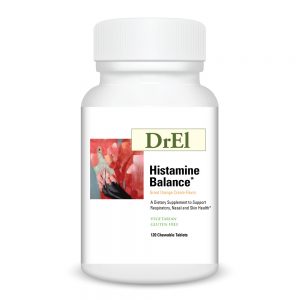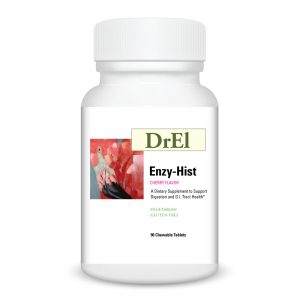Histamine and Mast Cell Activation Syndrome
What genetic has to do with HISTAMINE?
Histamine is found in mast cells and when release to help fight infection/illness/injury, keep us awake, regulate our hormones, run our digestive system and as a neurotransmitter. When mast cells become dysfunctional and released too much of histamine it causes a histamine reaction which such as in allergies, mast cell activation and mastocytosis. Another reason is the genetic component due to low level of diamine oxidase (DAO) or HNMT.
TESTING for HISTAMINE INTOLERANCE and nutrigenetic testing to determine the best to optimize treatment.
Histamine Plasma or whole blood
What it is: The level of histamine currently found in blood
DAO (diamine oxidase)
What it is: DAO is an enzyme found in the gut. It’s responsible for degrading histamine there. Low level of DAO makes it hard/impossible to clear histamine from the body, leading to histamine intolerance/symptoms of high histamine.
MAST CELL ACTIVATION
Mast cell activation disorder can cause any of the following:
- Dermatologic: flushing, pruritus, urticaria pigmentosa, angioedema,
- Respiratory: wheezing, sore throat
- Cardiovascular: chest pain, hypotension, tachycardia
- Gastrointestinal: abdominal pain, nausea, vomiting, diarrhea, bloating, malabsorption, esophagitis
- Naso-ocular: nasal stuffiness, pruritus
- Neurologic: headache, memory and concentration difficulties/brain fog, paresthesia, peripheral neuropathy
- Musculoskeletal: bone/muscle pain, degenerative disc disease, osteoporosis/osteopenia
- Systemic: anaphylaxis, fatigue
What are some sources of histamine?
Histamine can be found in food, drinks and even cosmetic products.
Here is a list of high histamine level foods:
- Seafood: shellfish or fin fish, frozen, smoked or canned
- Processed, cured, smoked and fermented meats such as lunch meat, bacon, sausage, salami, pepperoni
- Leftover meat (After meat is cooked, the histamine levels increase due to microbial action as the meat sits)
- All fermented milk products, including most cheeses, Yogurt, buttermilk, kefir
- Citrus fruits: oranges, grapefruit, lemons, lime, most berries, dried fruit
- Fermented foods: sauerkraut, kombucha, pickles, relishes, etc.
- Spinach, eggplant, Tomatoes- including ketchup, tomato sauces
- Artificial food colors and preservatives
- Spices: cinnamon, chili powder, cloves, nutmeg, curry powder, cayenne
- Beverages: Black Tea, alcohol
- Chocolate, cocoa


